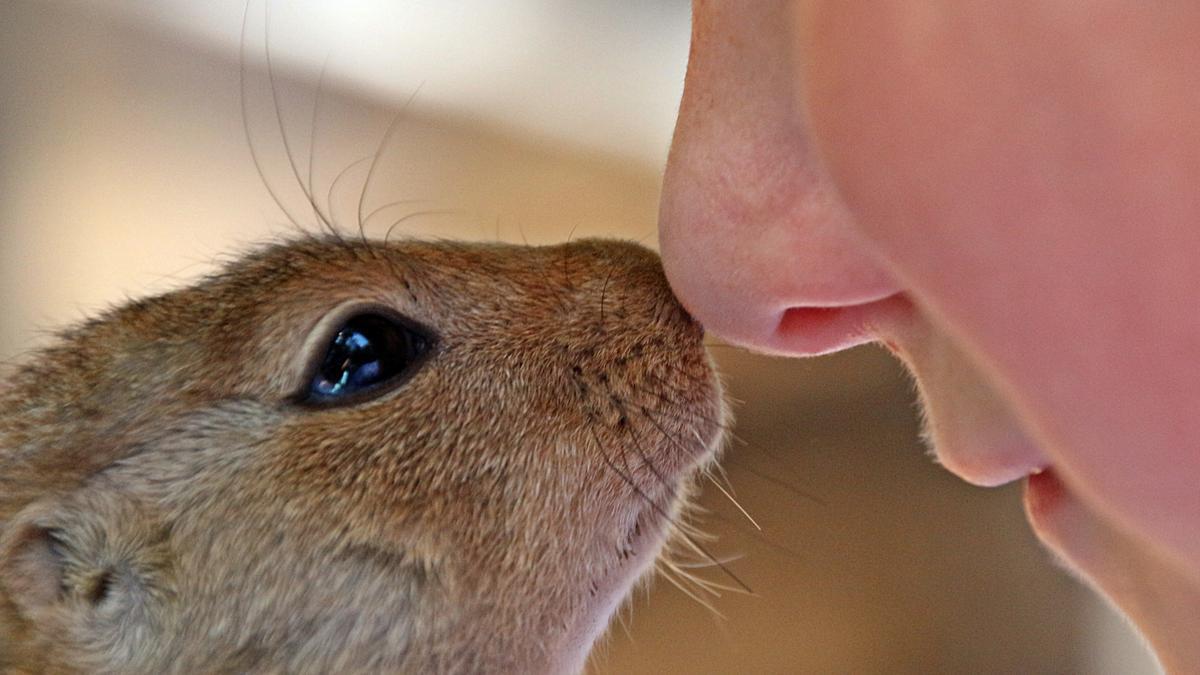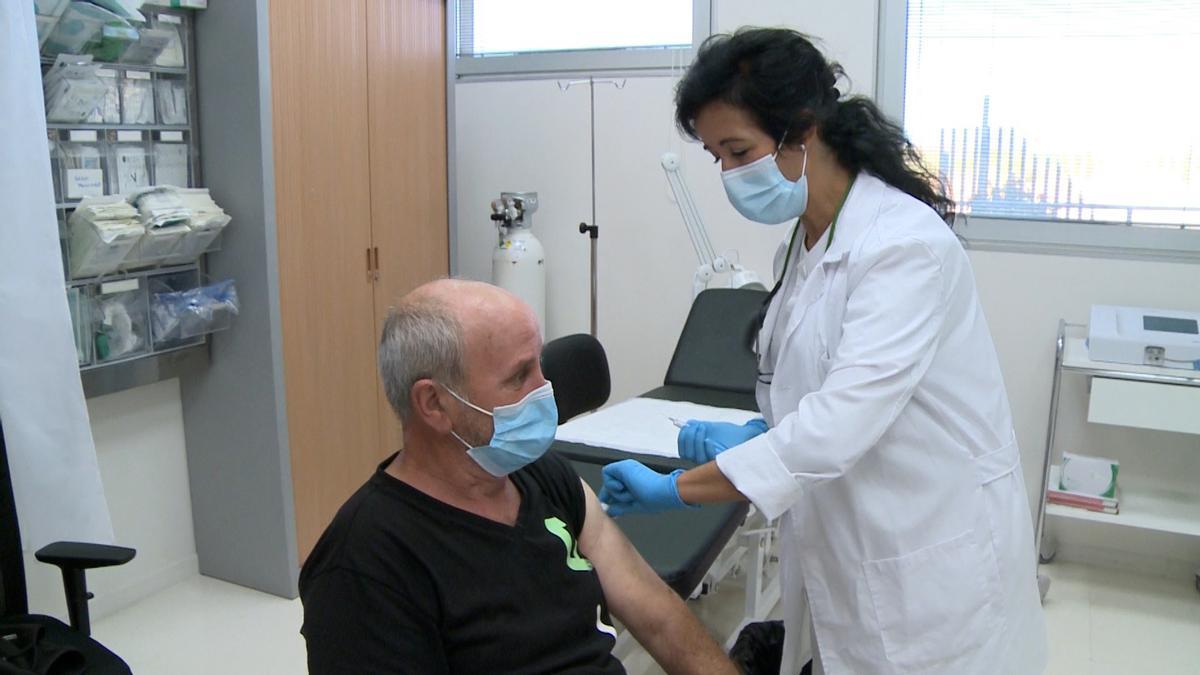Do you know what whiskers are and whether removing them can increase your risk of catching a cold?

On January 11, 1896, two English doctors, Thomson and Hewlett, from the department of bacteriology of the British Institute of Preventive Medicine, published the first known article on nose hair in one of the most prestigious scientific journals in history, The Lancet.
They are called vibrissaebecause they come from the Latin vibrissae -arum, which means nose hairand all mammals have them, although in many of them they are born from the upper lip.
In humans, these are short hairs in the nostrils that sometimes cause itching and which some people pull out.
A statement that we have believed to be true for over a century
Well, in that late 19th century paper, researchers said that nose hair filters the air we breathe and therefore protects us from infections caused by viruses, bacteria and other airborne pathogens.

File – a man receiving a flu vaccine, file image. / EUROPE PRESS – Archive
And we can almost say that this theory was accepted by the population as true and is repeated almost to this day.
This statement was also supported by such evidence as the fact that the inside of the vast majority of normal nasal passages is completely aseptic, while at the very beginning, in the vestibules, the vibrissae covering them and all the scabs that form there are usually infected with bacteria. .
So it was not difficult to think that the vibrissae are responsible for filtering and retaining harmful substances to ensure that nothing polluting gets into the nasal passages.
Of course, no one did the reverse test, that is, no one plucked hairs from the nose and examined the inside after a while to see if the germs were inside the respiratory tract.
A new 2011 study confirms
More than a century after this statement, namely in 2011, new research appeared on vibrissae.
It was published by a team of researchers from Turkey in the International Archives of Allergy and Immunology. And after carefully analyzing the patients, they concluded that people with thicker nose hair were less likely to suffer from asthma.
Again in the same spirit as was said 115 years ago.
But this was just an observational study, and although they attributed this result to the filtration function of nasal hair, they had no data to support a cause-and-effect relationship.

A man picks up a mask at the door of his medical center in a file photo. / Miguel Barreto (Efe)
A 2015 Mayo Clinic study provided more clarity.
And stubbornly wrong, we had to wait until 2015 to find out the reality.
That same year, researchers at the Mayo Clinic conducted the first and only scientific study on the topic published in a journal. American Journal of Rhinology and Allergy.
It was about observing the effect of cutting nose hair. Researchers measured nasal airflow in 30 patients before and after trimming their nasal hair.
Analyzing the data, they found that trimming led to improvements in subjective and objective measures of nasal airflow.
And perhaps most surprising to many was that they saw greater improvements in those who had more nose hair before plucking.
But was this the final analysis? Well, the truth is that I haven’t quite answered the question of whether nasal hair serves an important function and whether there is a correlation between increased air flow through the nose and an increased risk of infection.

As part of this campaign, the girl receives an intranasal flu shot. / Arturo Jimenez
This study also did not directly address this issue. But he Dr. David StoddardThe lead author of the Mayo Clinic study did have his own conclusion, which he expressed graphically:
- “If a person is working with drywall, for example, I can tell if he has just returned from work by the white powder that I see in his nose hair. But only the largest particles will linger there. And there are a lot of viruses. – Less. Too small to fit into your nose hair.
And after this observation he stated:
- “I don’t think plucking nose hair increases the risk of respiratory infection.”
So it’s possible that the historical myth is being debunked, but we don’t have much scientific certainty to support a belief that will last more than a century.
Does this mean they are useless?
At all. There is nothing in the human body that does not have meaning, reason and function.
In the case of vibrissae or nasal hairs, their main purpose is to cause a loss of charge in the air we inhale, which helps avoid complications caused by debris that can get into the lungs. They may even block the passage of some parasites.
What they can’t do is block the way for viruses, bacteria… which are microscopic.
But the vibrissae are so important that They are present in almost all animals.. Even sea sponges have hairs with which they filter water.
